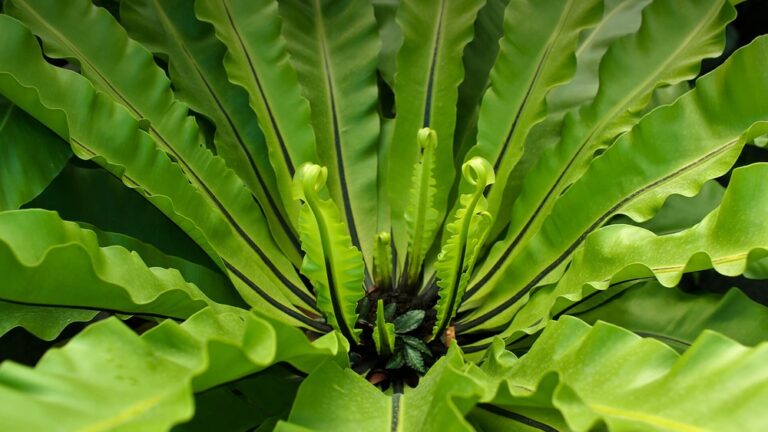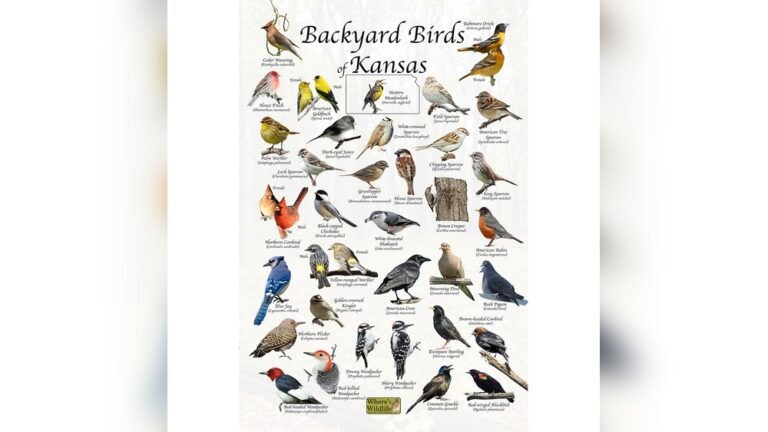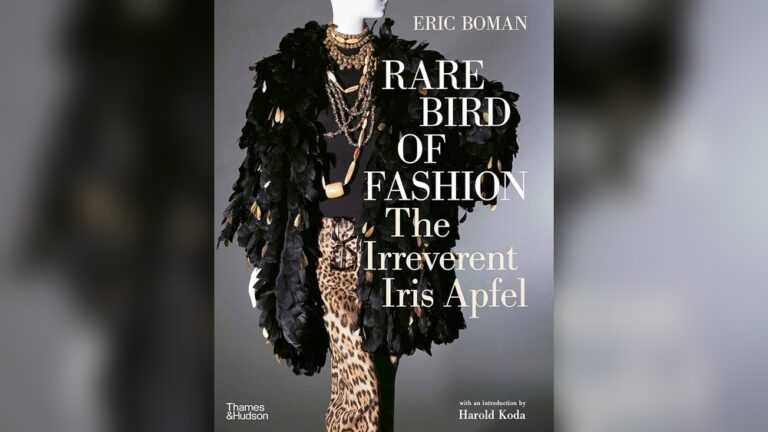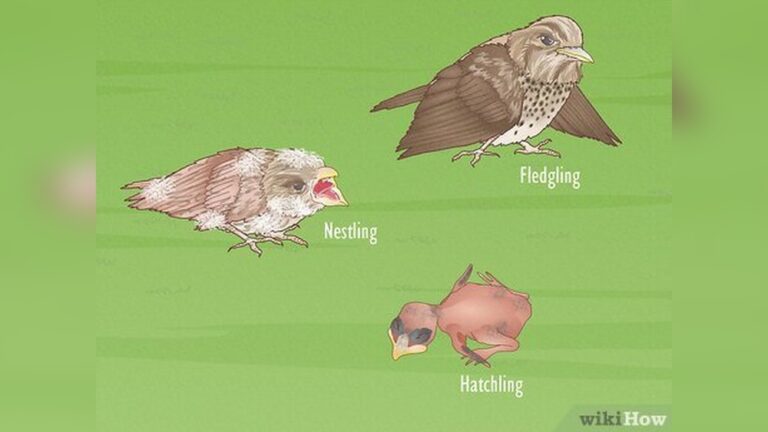Impact Of Climate Change On Birds
Have you ever stopped to watch a bird in flight and wondered how changes in the world around it might be affecting its life? Birds are more than just beautiful creatures; they are vital signs of the health of our environment.
Climate change is quietly reshaping their habitats, behaviors, and survival chances. Understanding how this impacts birds can open your eyes to the bigger picture of nature’s balance—and why it matters to you. Keep reading to discover the surprising ways climate change is changing the skies above us and what it means for the future of birds and your world.

Credit: www.amazon.com
Climate Change Effects On Bird Habitats
Climate change is changing bird habitats around the world. Birds rely on specific environments to find food, nest, and survive. Rising temperatures and changing weather patterns disrupt these habitats. This disruption affects bird populations and their ability to thrive. Understanding how climate change alters bird habitats helps us protect these species better.
Habitat Loss And Alteration
Bird habitats face loss due to rising temperatures and extreme weather. Forests shrink, wetlands dry up, and grasslands change. Birds lose places to build nests and find food. Some habitats become unsuitable as plants and insects disappear. This forces birds to move or face survival risks. Habitat alteration reduces biodiversity and bird numbers.
Shifts In Migration Patterns
Climate change causes birds to change migration timing and routes. Warmer temperatures make birds leave earlier or later. Some birds travel farther to find cooler places. Others stop migrating completely. These shifts can cause birds to miss food or breeding seasons. Migration changes also affect ecosystems that depend on birds.
Changes In Bird Behavior
Birds face many changes in their behavior due to climate change. These changes affect how they breed, find food, and survive. Understanding these shifts helps us see how birds cope with new challenges. It also shows the risks they face in a warming world.
Breeding And Nesting Adjustments
Birds change their breeding times to match new weather patterns. Some start nesting earlier in spring. Others move their nests to cooler or safer places. These adjustments help eggs and chicks survive extreme heat or storms. Yet, some birds struggle to keep up with fast climate changes. This mismatch can reduce their breeding success.
Feeding And Foraging Challenges
Climate change alters food availability for birds. Insects and plants may appear earlier or later than usual. Birds must adapt their feeding times or search areas. Some travel longer distances to find food. Others change their diet to survive. These changes can increase energy use and stress, affecting their health.
Species Vulnerability And Adaptation
Birds face many challenges from climate change. Some species suffer more than others. Their ability to adapt affects their survival. Understanding vulnerability and adaptation helps protect these creatures.
At-risk Bird Species
Many bird species live in specific habitats. These habitats are changing fast due to climate shifts. Birds in mountains or wetlands are especially at risk. Rising temperatures and changing rainfall affect their food and homes. Some species cannot move or change their habits easily. These birds face a higher chance of decline or extinction.
Adaptive Responses To Climate Stress
Birds use several ways to cope with climate stress. Some change their migration times to match new conditions. Others adjust their breeding seasons. Shifting diets helps some birds find new food sources. Some species expand to new areas with better climate. These changes show birds’ ability to survive. Still, rapid climate change makes adaptation difficult for many species.
Impact On Bird Populations
Bird populations face many challenges due to climate change. Changes in temperature and weather affect their food, habitat, and breeding. Some birds struggle to survive, while others move to new areas. These shifts show the strong impact of climate change on birds worldwide.
Population Declines
Many bird species experience population drops. Rising temperatures reduce insect numbers, a key food source. Birds that rely on specific plants or insects suffer most. Nesting seasons may also change, causing fewer chicks to survive. Pollution and habitat loss add to the stress. Some birds cannot adapt fast enough and their numbers fall quickly.
Range Expansion And Contraction
Birds may move to cooler areas as their current homes become too warm. Some species expand their range north or to higher altitudes. Others lose parts of their range as habitats disappear. These shifts disrupt ecosystems and bird communities. New areas may lack food or shelter. Range changes force birds to find new places to live and breed.
Role Of Conservation Efforts
Conservation efforts play a key role in protecting birds from the effects of climate change. These efforts help birds survive by improving their living conditions and fighting threats. Many organizations and communities work hard to support bird populations. Their actions are vital to keep bird species safe and healthy.
Habitat Restoration Initiatives
Restoring habitats helps birds find food, shelter, and safe places to breed. Damaged forests, wetlands, and grasslands are being repaired. Planting native trees and plants brings back natural homes for birds. Clean water sources return to areas once polluted. These efforts create spaces where birds can thrive despite climate changes.
Policy And Community Engagement
Strong policies protect bird habitats and regulate harmful activities. Laws limit pollution and control land use. Communities join hands to raise awareness and take action. Local groups organize bird counts and habitat cleanups. Public support encourages governments to enforce conservation rules. Together, policies and people help birds adapt and survive.
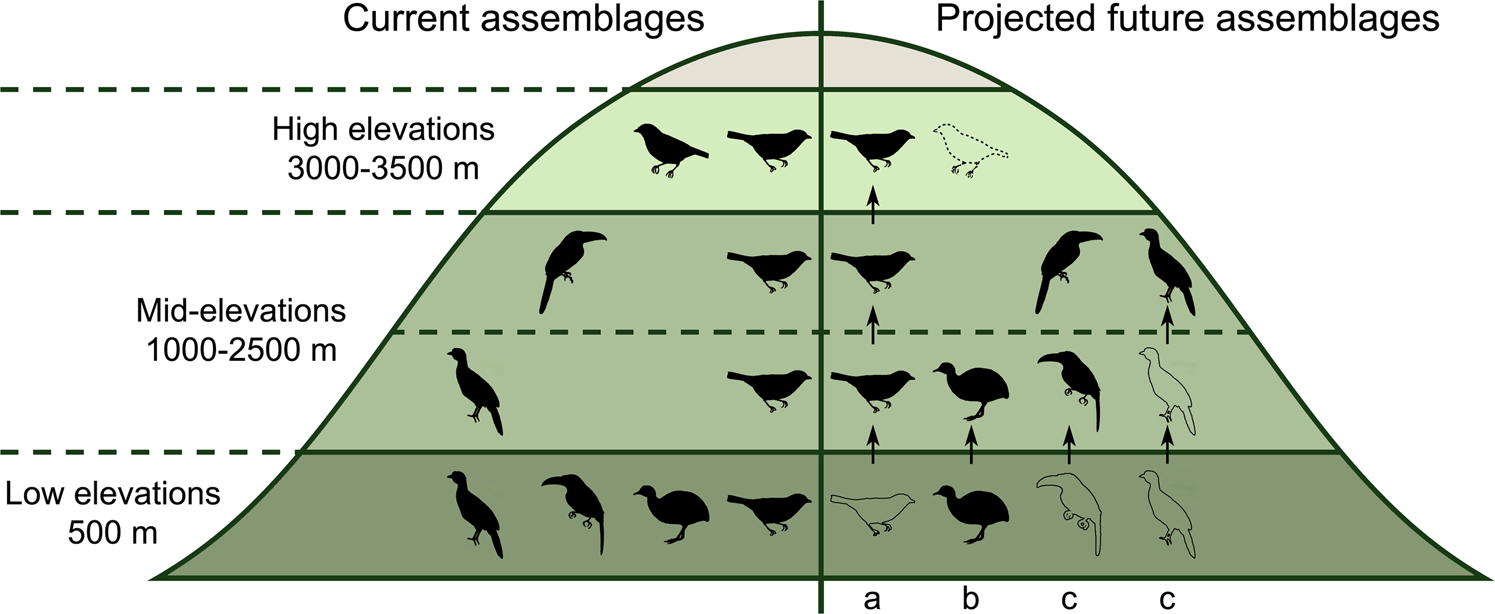
Credit: www.nature.com
Future Outlook For Birds
The future outlook for birds is uncertain as climate change speeds up. Many species face new challenges like habitat loss and shifting food sources. Some birds may adapt or move to new areas. Others risk population declines or extinction. Understanding what lies ahead helps protect these vital creatures.
Predictive Models And Scenarios
Scientists use predictive models to forecast bird responses to climate change. These models show possible future habitats and migration patterns. They consider temperature rise, rainfall changes, and human land use. Models help identify species at risk and areas needing conservation. They guide efforts to support bird survival in changing environments.
Research And Monitoring Priorities
Ongoing research tracks bird populations and behaviors over time. Monitoring helps detect early signs of stress or decline. Priority areas include breeding success, migration timing, and food availability. Data collected informs conservation strategies and policy decisions. Strong research programs are vital to protect birds amid climate shifts.
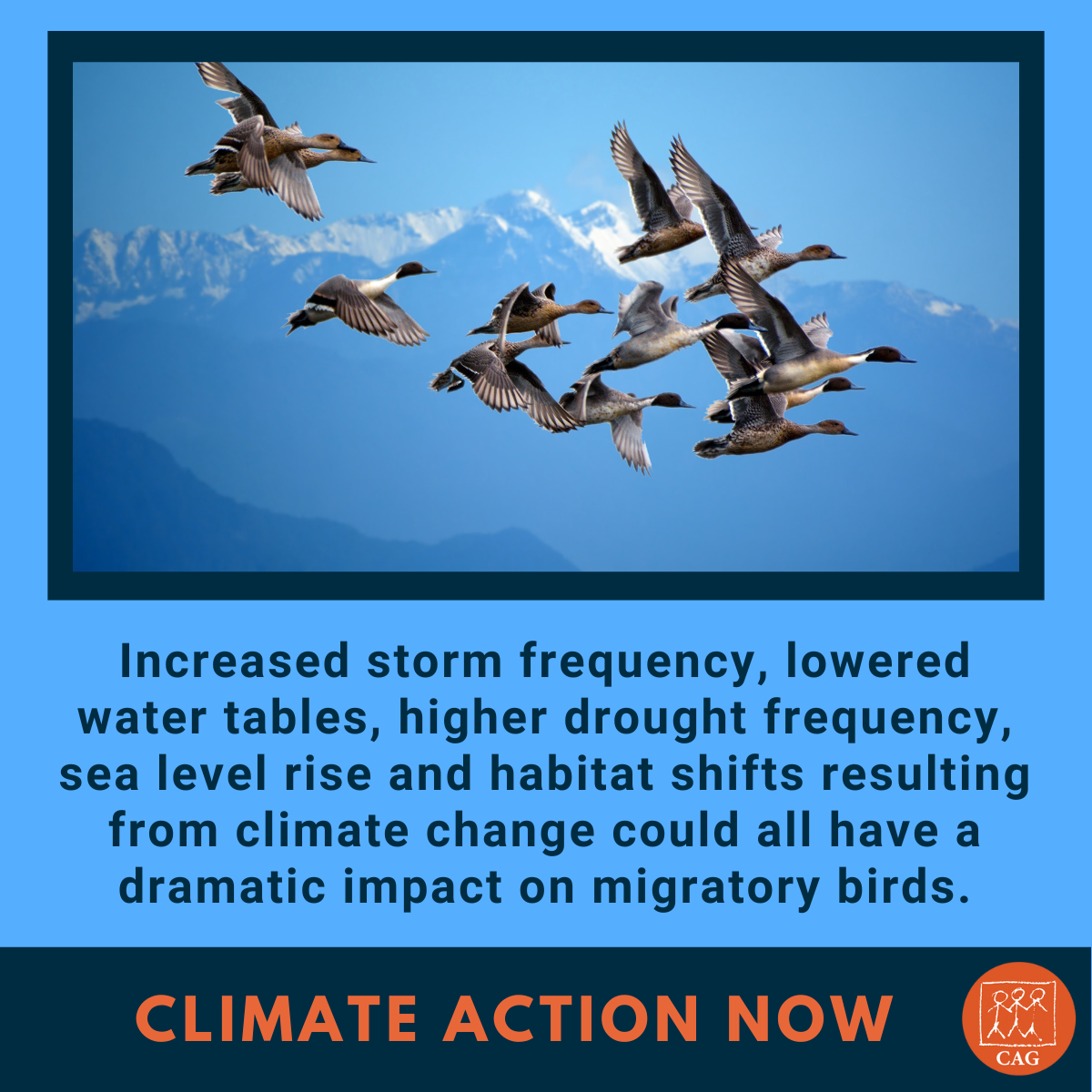
Credit: www.cag.org.in
How Smart Pets Lover Can Help You with Impact Of Climate Change On Birds
Connecting Learning with the Impact of Climate Change on Birds
Understanding how climate change affects bird habitats and behavior opens up meaningful ways to engage with nature. For bird lovers and pet parents alike, observing shifts in local bird populations can be a powerful reminder of the delicate balance these creatures rely on. Noticing changes in migration patterns or nesting habits encourages a deeper appreciation for species vulnerability and adaptation.
Practical learning opportunities include:
- Setting up bird-friendly spaces in your backyard that mimic natural habitats, helping support local birds amid changing environments.
- Participating in citizen science projects that track bird populations, offering real-world insight into conservation efforts making a difference.
- Educating family and friends about the challenges birds face, fostering a community that values responsible care for all creatures.
At Smart Pets Lover, we believe every chirp tells a story worth protecting. If you want to learn more or share your birdwatching experiences, don’t hesitate to reach out via our contact page. Together, we can nurture a world where birds and pets thrive, even as the climate changes.
Frequently Asked Questions
How Does Climate Change Affect Bird Migration Patterns?
Climate change alters temperature and food availability. This shifts birds’ migration timing and routes. Birds may arrive too early or late, affecting breeding and survival.
What Impact Does Rising Temperature Have On Bird Habitats?
Rising temperatures cause habitat loss and changes. Birds may lose nesting areas and food sources. Some species must move to cooler places or face decline.
Can Climate Change Cause Bird Population Decline?
Yes, climate change disrupts food supply and breeding cycles. Extreme weather events also increase mortality rates. Together, these factors can lead to significant population declines.
How Do Changing Weather Patterns Influence Bird Behavior?
Unpredictable weather affects feeding and nesting. Birds may alter daily activities and migration to adapt. These changes can reduce reproductive success and survival chances.
Conclusion
Climate change affects birds in many serious ways. Birds face changes in food, weather, and habitats. Some birds move to new places to survive. Others struggle to find enough food or safe nests. These changes can hurt bird populations. Protecting birds means protecting nature too.
Everyone can help by caring for the environment. Small actions make a big difference. The future of birds depends on us all. Let’s work together to keep birds safe and healthy.

